Lost Ancient Greco-Bactrian Kingdom Of 1,000 Cities
A. Sutherland – MessageToEagle.com – The Graeco-Bactrian Kingdom was located in the easternmost region of the Hellenistic world. This ancient kingdom covered Bactria (northern Afghanistan) and lands to the north (known in ancient times as Sogdiana, in present-day Turkmenistan, Uzbekistan and Tajikistan).
For at least two centuries prior to Alexander’s arrival in 330 BC, Bactria had been a prized part of the Achaemenid Empire (559-330 BC) and, before that, the Median Empire (728-559 BC).
Greek prisoners captured in wars that took place between the Achaemenids and Greeks during the 5th and 4th centuries BC were often exiled to Bactria were often taken to Bactria and as a result of this the Greek population grew larger in the region. When Alexander the Great and his army arrived in Bactria, there were already many Greeks there.
Bactrian Greeks were often employed by the Achaemenids in major battles and conscripted by Alexander for his own campaigns in the East. After the unexpected death of Alexander the Great the situation in the region changed and many of his Macedonian generals were left without a home. The kingdoms of the east were divided among Alexander the Great’s successors.
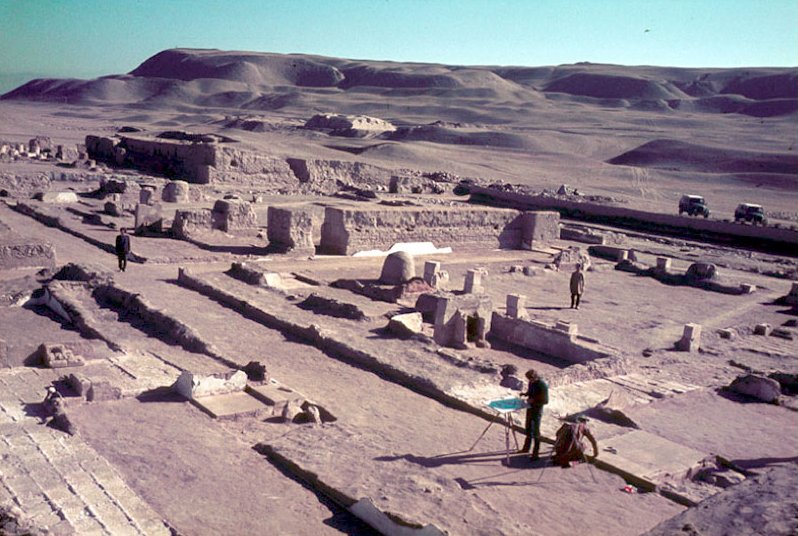
The government of Parthia was committed to Stasanor, a foreign ally because none of the Macedonians would deign to accept it. Subsequently, when the Macedonians were divided into parties by civil discord, the Parthians, with the other people of Upper Asia, followed Eumenes, and, when he was defeated, went over to Antigonus.
After his death, they were under the rule of Seleucus Nicator, and then under Antiochus and his successors, from whose great-grandson Seleucus they first revolted, in the first Punic war, when Lucius Manlius Vulso and Marcus Attilius Regulus were consuls.
For their revolt, the dispute between the two brothers, Seleucus and Antiochus, procured them impunity; for while they sought to wrest the throne from one another, they neglected to pursue the revolters.
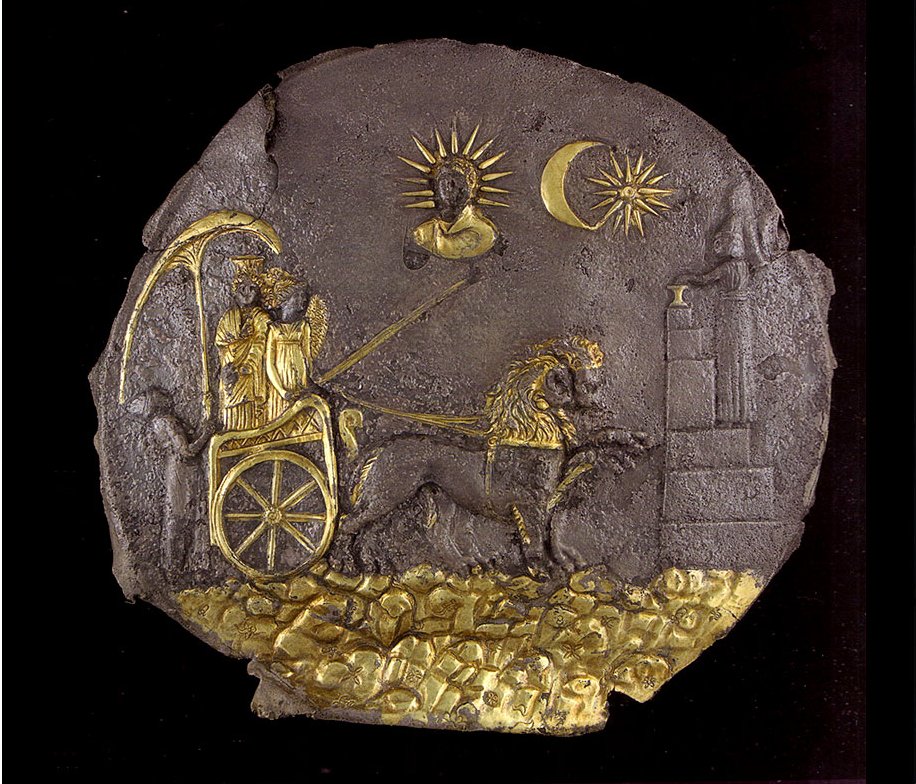
The ancient Greco-Bactrian kingdom first appeared in 250 B.C. E when the satrap Diodotos (or Theodotus in Latin) governor of the thousand cities of Bactria rebelled against his Seleucid ruler, Antiochos II assumed the title of king.
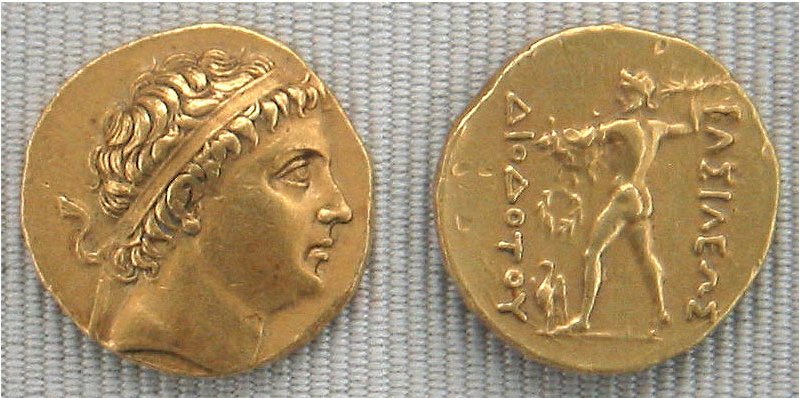
In the third century B.C, the Greco-Bactrian kingdom became so powerful that it declared independence.
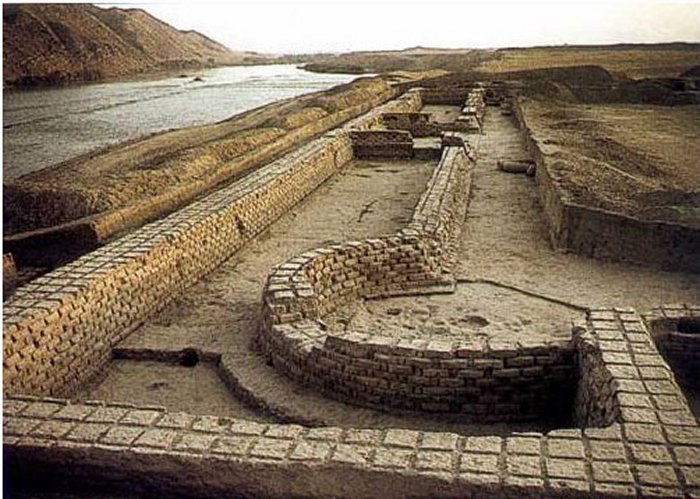
People from various nationalities such as Persians, Indians, Scythians and a number of nomadic groups all contributed to the development of an entirely unique kingdom. Greco-Bactrian art was known to be one of the finest at this time. The culture and vast wealth these nomadic warriors accumulated during their advance was documented by the jewelry, ceremonial weapons and other treasure found at the Scythian-era site, Tillia Tepe, in northwestern Afghanistan, where five princely graves yielded some 20,000 pieces of gold.
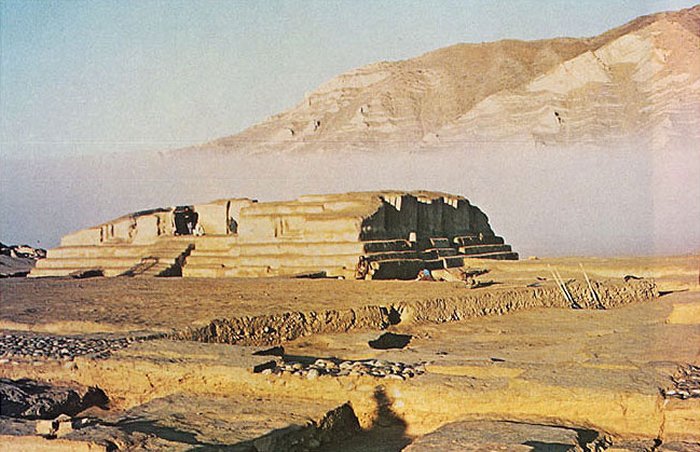
See also:
Achaemenid Empire Was The World’s Largest Ancient Empire
The Greco-Bactrian kingdom became known as the empire of 1,000 cities, but sooner or later everything ends.
In 126 BC the Chinese chronicler Zhang Qian visited Bactria (known as Daxia in Chinese) and described a kingdom that had collapsed while its large population and urban infrastructure remained:
“Daxia (Bactria) is located … south of the Gui (Oxus) river. Its people cultivate the land and have cities and houses. It has no great ruler but only a number of petty chiefs ruling the various cities. The people are poor in the use of arms and afraid of battle, but they are clever at commerce. After the Great Yuezhi moved west and attacked Daxia, the entire country came under their sway. The population of the country is large, numbering some 1,000,000 or more persons. The capital is called the city of Lanshi (Bactra) and has a market where all sorts of goods are bought and sold.”
The last Graeco-Bactrian king was Heliocles who ruled 150-125 BC and moved his capital to the Kabul Valley.
Written by – A. Sutherland – MessageToEagle.com Senior Staff Writer
Copyright © MessageToeagle.com All rights reserved. This material may not be published, broadcast, rewritten or redistributed in whole or part without the express written permission of MessageToeagle.com
Related Posts
-
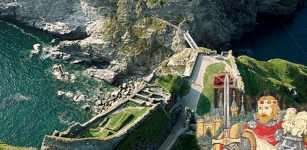 Was Tintagel Castle A Fortress Used By Iconic Hero King Arthur?
No Comments | Mar 12, 2016
Was Tintagel Castle A Fortress Used By Iconic Hero King Arthur?
No Comments | Mar 12, 2016 -
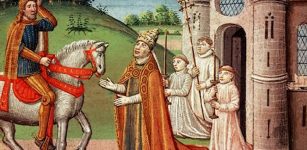 Medieval Warhorses Were Pony-Sized And Much Smaller Than Previously Thought
No Comments | Jan 11, 2022
Medieval Warhorses Were Pony-Sized And Much Smaller Than Previously Thought
No Comments | Jan 11, 2022 -
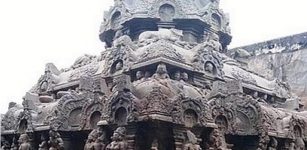 Vettuvan Koil Temple Spectacular Monolith Dedicated To Lord Shiva And Built By Pandya Dynasty
No Comments | May 27, 2021
Vettuvan Koil Temple Spectacular Monolith Dedicated To Lord Shiva And Built By Pandya Dynasty
No Comments | May 27, 2021 -
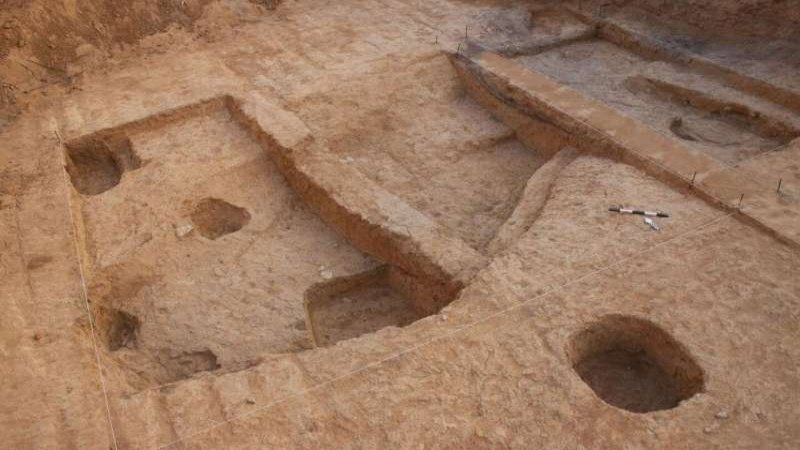 6,500-Year-Old Copper Workshop Unearthed In Negev Desert
No Comments | Oct 6, 2020
6,500-Year-Old Copper Workshop Unearthed In Negev Desert
No Comments | Oct 6, 2020 -
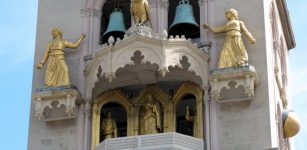 Messina Cathedral And Its Automated Astronomical Clock Tower
No Comments | Jan 14, 2016
Messina Cathedral And Its Automated Astronomical Clock Tower
No Comments | Jan 14, 2016 -
 Large Parts Of Canada Are Missing Gravity
No Comments | Aug 21, 2016
Large Parts Of Canada Are Missing Gravity
No Comments | Aug 21, 2016 -
 Famous Philosopher Plato: One The Greatest Thinkers Of All Time With Special Interest In The Concept of Soul
No Comments | Sep 28, 2016
Famous Philosopher Plato: One The Greatest Thinkers Of All Time With Special Interest In The Concept of Soul
No Comments | Sep 28, 2016 -
 Time Moves Faster The Farther Away You Are From The Surface Of The Earth
No Comments | Jan 30, 2016
Time Moves Faster The Farther Away You Are From The Surface Of The Earth
No Comments | Jan 30, 2016 -
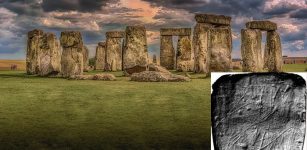 New Light On Prehistoric Chalk Plaques From Stonehenge Using Innovative Technology
No Comments | Nov 3, 2021
New Light On Prehistoric Chalk Plaques From Stonehenge Using Innovative Technology
No Comments | Nov 3, 2021 -
 Strange 1,000-Year-Old Artifact Melted Out Of The Ice Identified With Help Of Photo!
No Comments | Feb 2, 2023
Strange 1,000-Year-Old Artifact Melted Out Of The Ice Identified With Help Of Photo!
No Comments | Feb 2, 2023

